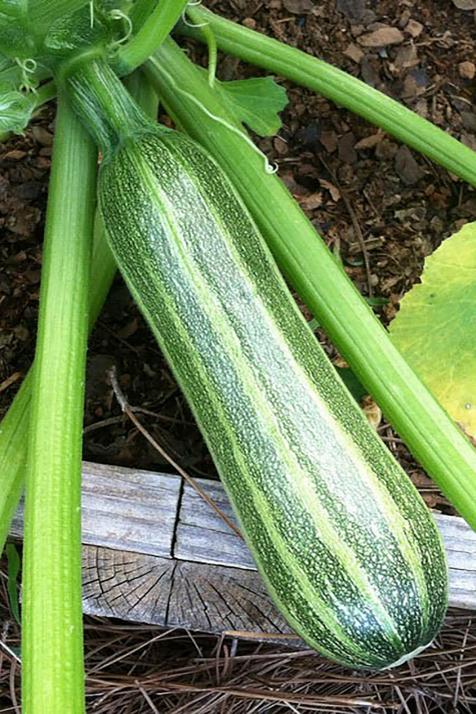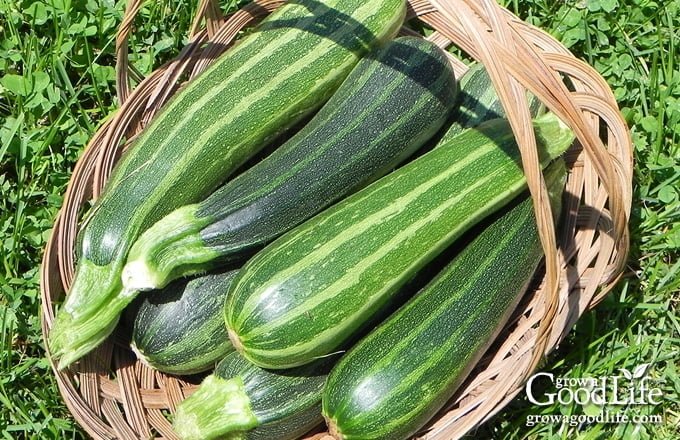Did you know that the number of zucchini seeds you plant per hole can greatly impact the success of your zucchini crop? It’s true! In this article, we will explore the recommended number of zucchini seeds per hole, providing you with valuable insights to help you achieve a bountiful harvest. Whether you are a seasoned gardener looking to maximize your yield or a beginner eager to learn the ropes, this article will give you the guidance you need to make your zucchini plants thrive. So, let’s get started and discover how to sow your zucchini seeds for optimal growth and abundance.
Factors to Consider
Size of Zucchini Seeds
When it comes to planting zucchini seeds, one important factor to consider is the size of the seeds. Zucchini seeds can vary in size, and this variation can actually have an impact on the germination process. Generally, larger seeds tend to have a higher germination rate compared to smaller seeds. Therefore, it is recommended to choose zucchini seeds that are relatively large, as they will have a better chance of successfully sprouting and developing into healthy plants.
Spacing Requirements
Another crucial factor to keep in mind is the spacing requirements for zucchini seeds. Proper spacing between seeds is essential to ensure optimal plant growth and avoid overcrowding. Zucchini plants require sufficient space to spread their foliage and roots, and overcrowding can lead to stunted growth and reduced yields. Therefore, it is important to determine the appropriate distance between each zucchini seed to allow for adequate air circulation, light exposure, and nutrient absorption.
Soil Conditions
The soil conditions in which zucchini seeds are planted play a vital role in their growth and development. Richness and fertility are key factors to consider when it comes to zucchini cultivation. Zucchini plants thrive in nutrient-rich soil, so it is important to ensure that the soil is properly nourished and contains essential elements such as nitrogen, phosphorus, and potassium. Additionally, moisture retention is crucial for seed development. Zucchini seeds require consistent moisture levels in the soil to germinate and establish healthy roots.
Recommended Number of Zucchini Seeds
Determining Seed Viability
Before deciding on the number of zucchini seeds to plant per hole, it is important to determine their viability. Seed viability refers to the percentage of seeds that are capable of germinating and developing into viable plants. This can be determined through a germination test, which involves planting a sample of seeds in a controlled environment and observing their germination rate. By assessing seed viability, you can ensure that you are only planting seeds that have a high likelihood of sprouting successfully.
Ideal Number per Hole
The ideal number of zucchini seeds to plant per hole depends on various factors, including the germination rate of the seeds and the available resources. It is generally recommended to plant 2-3 zucchini seeds per hole to increase the chances of successful germination. Planting multiple seeds per hole allows for natural competition, ensuring that at least one seed will develop into a healthy plant. However, planting too many seeds can lead to overcrowding, so it is important to strike a balance and consider the space available for each plant to grow.
Potential for Thinning
When planting multiple zucchini seeds per hole, there is a potential need for thinning. Thinning is the process of removing excess seedlings to maintain the desired spacing between plants. It is often necessary when more than one seed germinates in a single hole. Thinning helps prevent overcrowding, allows for better air circulation, and promotes healthy growth by providing each plant with adequate resources. When thinning zucchini seedlings, it is important to carefully remove the weaker or less robust plants, leaving the strongest one to thrive.
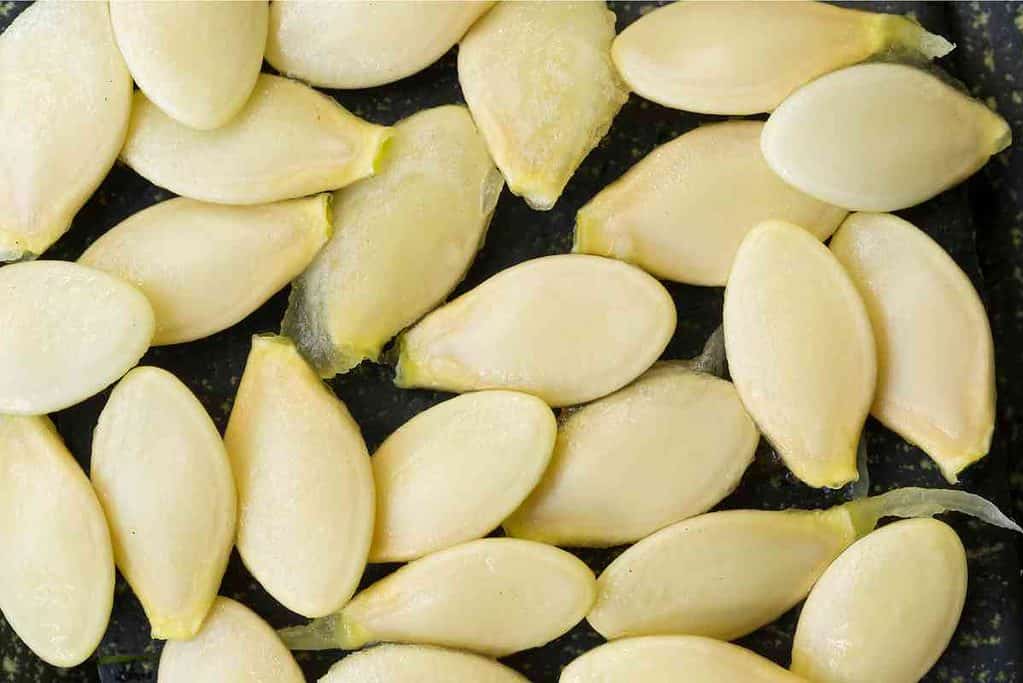
Seed Size
Variation in Seed Sizes
Zucchini seeds can vary in size, and this natural variation is influenced by various factors such as genetics and growing conditions. Some zucchini seeds may be larger, while others may be smaller. It is important to note that seed size does not necessarily correlate with seed quality. However, larger seeds tend to have a higher germination rate compared to smaller seeds. Therefore, when selecting zucchini seeds, it is advisable to choose larger seeds as they have a better chance of successfully sprouting and developing into healthy plants.
Effects on Germination
The size of zucchini seeds can have a direct impact on their germination rate. Larger seeds generally have a higher energy reserve, allowing them to withstand unfavorable conditions and sprout more easily. Additionally, larger seeds often possess more nutrients, providing a better start for the developing seedling. On the other hand, smaller seeds may struggle to break through the soil surface and may have a lower energy reserve, making them more susceptible to adverse environmental conditions. Therefore, it is beneficial to choose zucchini seeds that are relatively larger in size to maximize germination success.
Adjusting Seed Numbers
Considering the variation in seed sizes, it is advisable to adjust the number of zucchini seeds planted per hole accordingly. If you have a batch of smaller seeds, you may need to increase the number of seeds per hole to compensate for the lower germination rate. Conversely, if you have larger seeds with a higher germination rate, you can reduce the number of seeds planted per hole. By adjusting the seed numbers based on their sizes, you can optimize the germination process and increase the chances of each seedling thriving.
Spacing Requirements
Optimal Distance Between Seeds
Proper spacing between zucchini seeds is crucial for their overall growth and development. The recommended distance between seeds typically ranges from 18 to 36 inches apart, depending on the zucchini variety and the available growing space. Providing enough room for each plant to spread its foliage and develop a robust root system is essential for optimal nutrient uptake and airflow. Adequate spacing also helps minimize the risk of disease transmission and improves access to sunlight, which is crucial for photosynthesis and fruit production.
Plant Growth Considerations
When determining the spacing between zucchini seeds, it is important to consider the expected growth of the plants. Zucchini plants are known for their vigorous growth, with their large leaves and sprawling vines. Therefore, leaving enough space between seeds ensures that each plant has ample room to grow without being overshadowed or crowded by neighboring plants. Additionally, proper spacing facilitates ease of maintenance, including watering, fertilizing, and inspecting for pests or diseases.
Avoiding Overcrowding
Overcrowding zucchini plants can have detrimental effects on their growth and productivity. When zucchini plants are planted too closely together, they compete for resources such as water, nutrients, and sunlight. This competition can lead to stunted growth, reduced fruit production, and increased susceptibility to diseases and pests. By ensuring proper spacing between zucchini seeds, you can create an environment that supports vigorous plant growth, proper air circulation, and efficient nutrient absorption, ultimately resulting in healthier and more productive zucchini plants.
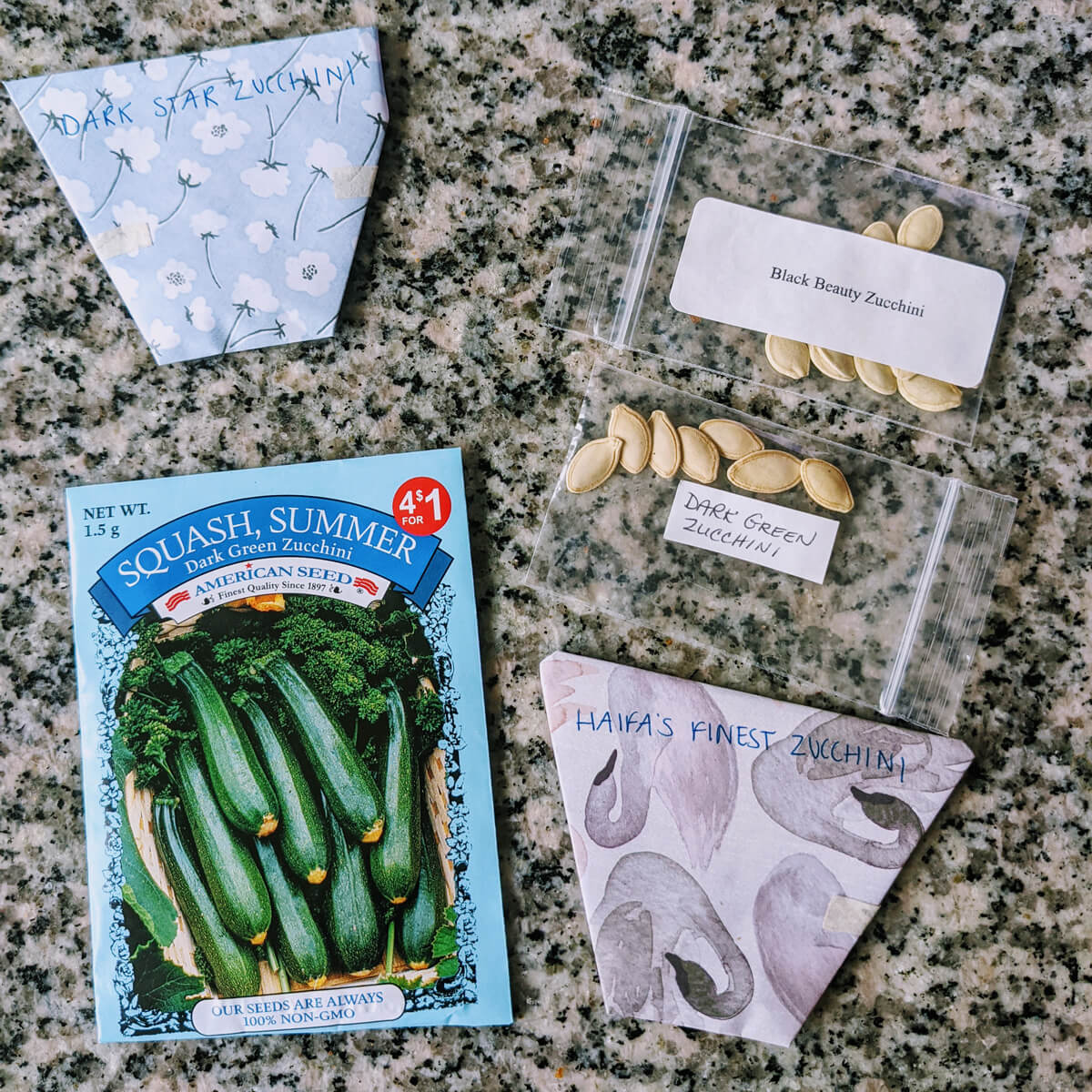
Soil Conditions
Richness and Fertility
The soil conditions in which zucchini seeds are planted have a significant impact on their overall performance. Zucchini plants thrive in well-drained and nutrient-rich soil. The soil should be fertile, containing adequate levels of essential nutrients such as nitrogen, phosphorus, and potassium. These nutrients are crucial for the development of healthy plants, vigorous growth, and abundant fruit production. A soil test can help determine the nutrient levels and pH of the soil, providing valuable information about any necessary amendments or adjustments required to create an optimal growing environment for zucchini seeds.
Moisture Retention
Moisture retention is another vital aspect of soil conditions for successful zucchini seed development. Zucchini seeds require consistent moisture levels in the soil to germinate and establish healthy roots. Adequate moisture allows the seeds to absorb water, soften the seed coat, and initiate the germination process. It is important to ensure that the soil has proper drainage to prevent waterlogging, which can lead to root rot and other fungal diseases. Mulching around the zucchini plants can help retain soil moisture by reducing evaporation and preventing weed growth, thus promoting optimal seed development.
Importance for Seed Development
Optimal soil conditions are crucial for ensuring the successful development of zucchini seeds. The richness and fertility of the soil provide the necessary nutrients for seedling growth. By planting zucchini seeds in nutrient-rich soil, you are supporting their development and laying the foundation for healthy plants. Additionally, proper moisture retention in the soil ensures a favorable environment for seed germination and root establishment. When soil conditions are optimized, zucchini seeds have a better chance of thriving and producing high-quality, flavorful zucchinis.
Determining Seed Viability
Performing a Germination Test
Before planting zucchini seeds, it is important to determine their viability. Performing a germination test is a simple and effective way to assess the germination potential of the seeds. To conduct a germination test, select a representative sample of seeds and place them in a damp paper towel or seedling tray. Keep the seeds in a warm and well-lit location and monitor them daily for signs of germination. After a specified period of time, typically 7-10 days, count the number of seeds that have successfully germinated. This will give you a percentage of viable seeds and help you determine the quality of the seed batch.
Percentage of Viable Seeds
The percentage of viable seeds indicates the likelihood of successful germination and seedling establishment. A higher percentage of viable seeds suggests that the seeds are healthy and have a greater chance of sprouting into robust seedlings. Conversely, a lower percentage indicates that the seeds may have lower viability or some environmental factors have compromised their germination potential. By determining the percentage of viable seeds, you can assess the overall quality of the seed batch and make informed decisions about planting and seedling care.
Determining Seed Quality
The results of a germination test can provide valuable insights into the quality of zucchini seeds. Seeds with a high germination rate are considered of good quality as they have a greater chance of producing healthy and productive plants. Conversely, seeds with a low germination rate may have reduced quality and could result in weaker or less vigorous seedlings. By assessing the germination rate, you can determine the quality of the seeds and select the best ones for planting, ensuring optimal germination success and overall plant performance.
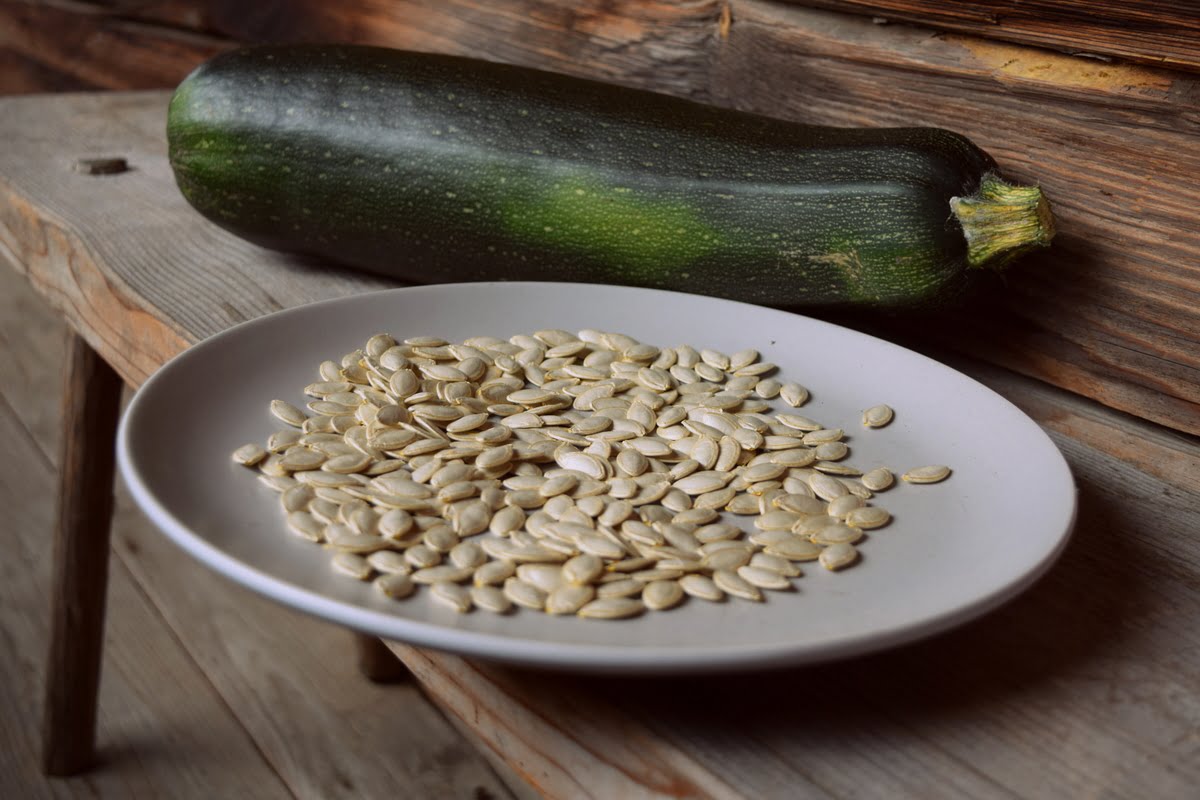
Ideal Number per Hole
Considering Germination Rate
When deciding on the ideal number of zucchini seeds to plant per hole, it is important to consider the germination rate of the seeds. The germination rate refers to the percentage of seeds that successfully sprout and develop into seedlings. If the germination rate is relatively low, it is recommended to plant multiple seeds per hole to increase the chances of successful germination. However, if the germination rate is high, fewer seeds may be sufficient to achieve the desired plant density. Adjusting the number of seeds based on their germination rate can help optimize seed usage and ensure good overall plant establishment.
Balancing Resource Availability
The ideal number of zucchini seeds to plant per hole also depends on the availability of resources such as space, nutrients, and water. Planting too many seeds in a limited space can lead to overcrowding and competition for resources, resulting in reduced growth and productivity. Therefore, it is important to strike a balance by considering the available resources and adjusting the number of seeds accordingly. By providing each zucchini seedling with adequate space and resources, you can promote healthy growth and maximize the potential for a bountiful harvest.
Seed Placement Techniques
When planting multiple zucchini seeds per hole, proper seed placement techniques can further enhance germination success. Place the seeds horizontally, side by side, or slightly staggered within the hole to ensure even distribution of resources and minimize competition. It is recommended to plant the seeds at a depth of about 1 inch and cover them gently with soil. This provides optimal conditions for germination and allows the emerging seedlings to establish a strong root system. By paying attention to seed placement, you can improve the chances of each seedling growing into a robust and productive zucchini plant.
Potential for Thinning
Purpose of Thinning Process
In cases where multiple zucchini seeds have been planted per hole, there is a potential need for thinning. Thinning involves removing excess seedlings to maintain the desired spacing and density between plants. The purpose of thinning is to prevent overcrowding and ensure each zucchini plant has adequate access to essential resources such as light, water, and nutrients. Thinning also allows for proper air circulation, which can help reduce the risk of fungal diseases. By removing weaker or less robust seedlings, thinning promotes the development of healthier, more vigorous plants and improves overall crop yield.
Factors Influencing Success
The success of the thinning process depends on several factors. Firstly, the timing of thinning plays a critical role. Seedlings should be thinned once they have developed their first two true leaves, as this ensures that they are strong enough to survive the process. Additionally, the size and health of the remaining seedlings after thinning should be considered. It is important to choose the strongest and healthiest seedlings to keep, as they have the highest chances of producing quality zucchinis. Proper aftercare, including watering, fertilizing, and pest control, also influences the success of the remaining seedlings.
Thinning Guidelines
When thinning zucchini seedlings, it is recommended to leave only one or two of the strongest plants per hole, depending on the available space. Gently remove the unwanted seedlings by carefully lifting them from the soil or cutting them at soil level. Take care not to disturb the roots of the remaining seedlings during the thinning process. Water the remaining seedlings immediately after thinning to help them overcome any transplant shock. Thinning should be done during the early morning or late afternoon to minimize stress on the plants. By following these guidelines, you can ensure the best chances of success for the remaining zucchini seedlings.
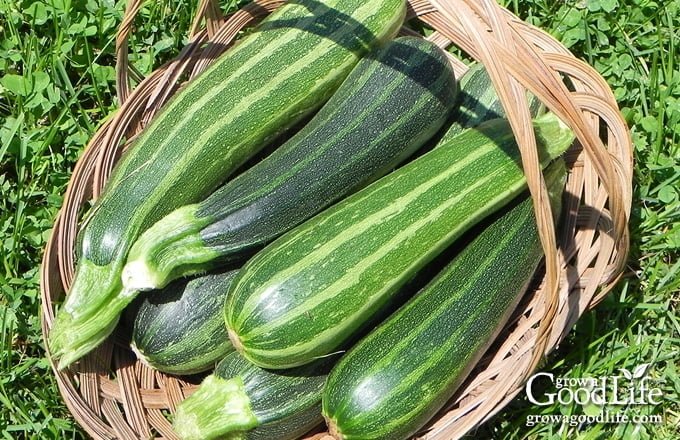
Variation in Seed Sizes
Normal Seed Variability
Zucchini seeds naturally exhibit a range of sizes, and this variability is a result of genetic factors and environmental influences. It is normal for some zucchini seeds to be larger than others within the same variety. This variation in seed sizes does not necessarily affect the quality or overall performance of the seeds. However, it is important to consider the potential impact of seed size on germination and adjust planting strategies accordingly.
Potential Consequences
The size of zucchini seeds can have consequences for their germination rate and early seedling growth. Smaller seeds may have lower energy reserves, making them more susceptible to adverse environmental conditions and slower to sprout. On the other hand, larger seeds often have a higher germination rate and may have a head start in terms of growth. Planting a mix of seed sizes without consideration may result in uneven germination and growth, potentially leading to an imbalance in plant development.
Ensuring Uniform Plant Growth
To ensure uniform plant growth, it is advisable to select zucchini seeds that are relatively larger in size. Larger seeds generally have a higher germination rate, possess more energy reserves, and can withstand less favorable conditions more effectively. By planting larger seeds, you increase the likelihood of a higher germination success rate and promote more consistent and uniform plant growth. However, keep in mind that the size of the seeds is not the sole indicator of their quality or viability. Conducting a germination test can provide a more accurate assessment of seed viability and help guide your planting decisions.
Moisture and Temperature Effects
Optimal Growing Conditions
Moisture and temperature play crucial roles in the successful growth of zucchini seeds. Zucchini plants require consistent moisture levels in the soil to support seed germination and establish healthy roots. Adequate watering, ensuring that the soil remains moist but not waterlogged, is essential throughout the germination and seedling stages. Additionally, zucchini plants thrive in warm temperatures, typically between 70-90°F (21-32°C). Providing a warm and stable environment promotes optimal seedling survival and encourages vigorous growth.
Seedling Survival Rate
The availability of moisture and the temperature environment significantly impact the survival rate of zucchini seedlings. Proper moisture levels in the soil ensure that the emerging seedlings have access to the water they need to establish their roots and develop into healthy plants. Sustained exposure to excessive moisture or prolonged dry periods can adversely affect seedling survival. Similarly, extreme temperature fluctuations, especially cold temperatures, can stunt growth and increase the risk of seedling damage or death. Maintaining optimal moisture and temperature conditions maximizes the chances of seedling survival and successful plant establishment.
Effect of Extreme Weather
Extreme weather conditions, such as excessive heat or cold spells, can impact the growth and development of zucchini seeds. Extremely high temperatures can cause heat stress, leading to wilting, reduced fruit set, and overall plant decline. Similarly, very low temperatures can damage or kill the zucchini seedlings, particularly during the germination stage. When exposed to extreme weather conditions, zucchini seeds may have a lower germination rate and survival rate. It is crucial to protect zucchini plants from extreme weather by providing shade during hot periods and using covers or straw mulch to insulate against cold temperatures.
In conclusion, several factors should be considered when determining the recommended number of zucchini seeds per hole. The size of zucchini seeds, spacing requirements, and soil conditions all play vital roles in supporting successful germination and plant growth. By selecting relatively larger seeds, planting them at proper distances, and ensuring optimal soil conditions, you can maximize the chances of each zucchini seedling thriving and producing a bountiful harvest. Additionally, assessing seed viability, adjusting the number of seeds per hole, and considering the potential for thinning can help optimize seed usage and promote uniform plant growth. By understanding these factors and implementing appropriate strategies, you can enjoy the satisfaction of growing healthy and productive zucchini plants. Happy gardening!
